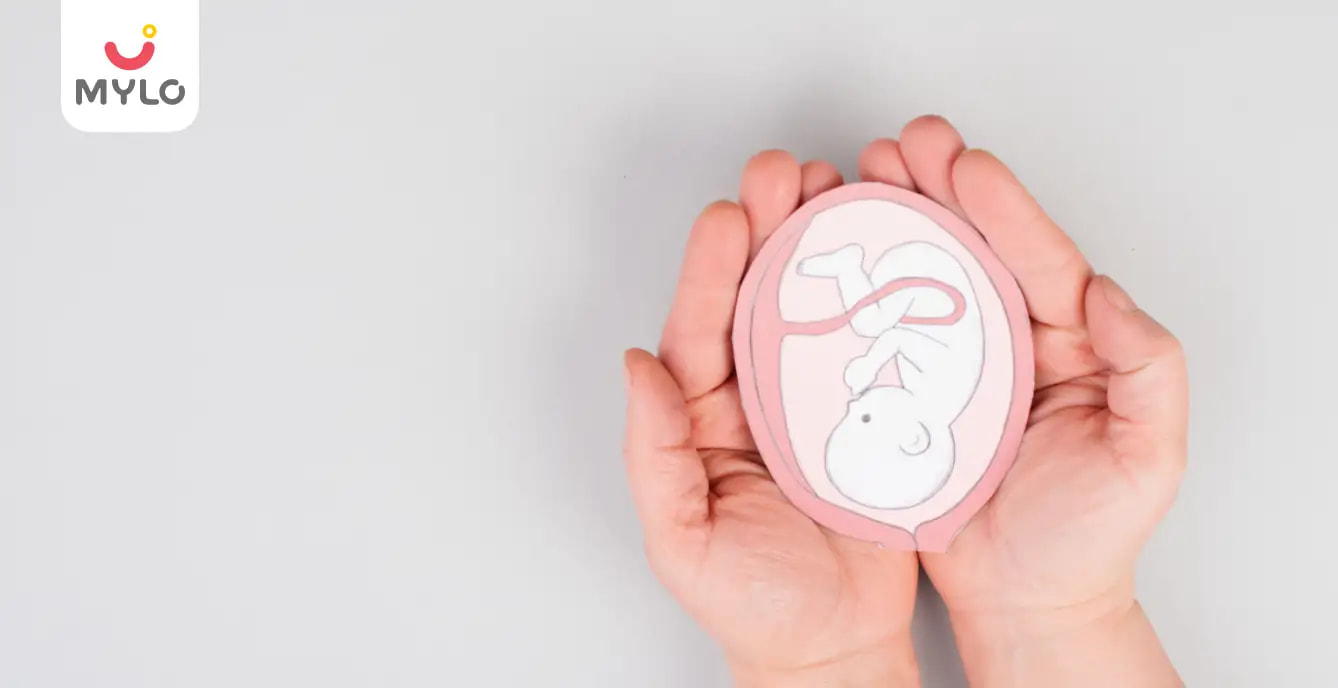Get MYLO APP
Install Mylo app Now and unlock new features
💰 Extra 20% OFF on 1st purchase
🥗 Get Diet Chart for your little one
📈 Track your baby’s growth
👩⚕️ Get daily tips

OR


Article Continues below advertisement
- Home

- Placental Abruption

- Placenta: What is Placenta and How Does it Work?
In this Article
- What is a placenta?
- What does the placenta do?
- What factors influence the placenta's health?
- 1. Maternal age
- 2. Obesity
- 3. High blood pressure
- 4. Substance use
- 5. Trauma to the abdomen
- 6. Infections
- What placental problems are most common?
- 1. Placenta Previa
- 2. Placental Abruption
- 3. Placenta Accreta
- What are the symptoms of placental problems?
- How to reduce the risk of placental problems?
- Conclusion
- Tags
Placental Abruption
 43281
43281Placenta: What is Placenta and How Does it Work?
Updated on 3 November 2023
Pregnancy is often a very exciting yet challenging time for a woman. The body changes and expands in numerous ways to accommodate the growing foetus inside the uterus. In fact, at this time, the female body develops an entire organ known as the placenta. What is placenta, function of placenta, a few problems associated with it, and some ways to avoid these problems for a healthy pregnancy will be addressed here.
What is a placenta?
The placenta is an organ that develops in the uterus during pregnancy. It provides oxygen and nutrients to the baby while simultaneously removing waste products from the baby's blood. The organ is attached to the wall of the uterus and the umbilical cord. It is a temporary organ that begins to form when the fertilized egg implants in the endometrium or lining of the uterus. The placenta grows along with the baby and is evacuated after the baby is born.
What does the placenta do?
The main function of the placenta is to transfer oxygen and nutrients from the mother's blood to the baby's blood. The placenta also helps to remove waste products from the baby's blood.
Article continues below advertisment
The placenta is connected to the baby by the umbilical cord and helps in fetal growth and development. The umbilical cord contains two arteries and one vein. The arteries carry oxygen-poor blood from the baby to the placenta, and the vein carries oxygen-rich blood from the placenta back to the baby.
What factors influence the placenta's health?
Now that we know what is placenta and its functions, let us understand the factors that can influence the health of the placenta. The health of the placenta can be influenced by a variety of factors, including the mother's health, her diet, and exposure to toxins or infections. Here are a few factors to consider:
1. Maternal age
Placental functions can get complicated in women who get pregnant over the age of 40.
2. Obesity
Maternal obesity is also a risk factor for placenta previa, a condition in which the placenta covers part or all of the cervix. This can cause bleeding and complications during delivery.
3. High blood pressure
High blood pressure during pregnancy can also negatively affect the placenta.
Article continues below advertisment
4. Substance use
Exposure to toxins, such as alcohol, cigarettes, or drugs, can also damage the placenta and adversely affect fetal development.
5. Trauma to the abdomen
A sudden or severe trauma to the abdomen can also severely damage the placenta. Hence, expectant mothers should be careful when they are carrying.
6. Infections
Infections during pregnancy are another common cause of placental problems. Infections such as the Zika virus or cytomegalovirus can damage the placenta and lead to serious birth defects.
What placental problems are most common?
Placental problems are most common during the third trimester of pregnancy when the placenta is growing the fastest.
1. Placenta Previa
The most common placental problem is placenta previa or low lying placenta, where the placenta partially or completely covers the cervix.
Article continues below advertisment
2. Placental Abruption
Placental abruption, where the placenta tears away from the uterine wall, is another serious placental problem.
3. Placenta Accreta
Placental accreta is another condition where the placenta is firmly attached to the uterine wall even after birth, causing heavy bleeding and complications.
What are the symptoms of placental problems?
There are a few different types of placenta problems that can occur during pregnancy. The most common symptom of a placenta problem is bleeding. This can range from light spotting to heavy bleeding and can happen at any time during the pregnancy. Other symptoms can include pain in the abdomen or pelvis, contractions, or a decrease in fetal movement. If one is experiencing any of these symptoms, it's important to contact a healthcare provider right away.
How to reduce the risk of placental problems?
The placenta is a complex organ that develops during pregnancy to support the growing fetus. It is responsible for exchanging nutrients and waste between the mother and baby, and also helps to regulate the baby's temperature.
Placental problems can occur when the placenta does not develop properly, or when it becomes detached from the uterine wall. This can lead to serious health complications for both the mother and baby.
Article continues below advertisment
There are several things that can be done to reduce the risk of placental problems:
- Ensuring that the mother has adequate nutrition during pregnancy
- Avoiding the use of tobacco, alcohol, or other substances
- Controlling chronic medical conditions such as hypertension
- Preparing for a healthy delivery by taking childbirth classes such as Lamaze
- Being aware of the signs and symptoms of placental problems so that medical help can be taken immediately if required.
Conclusion
In conclusion, the placenta is a vital organ that helps support a developing baby in the womb. It's important to understand what is placenta, how it works and what it does to ensure a healthy pregnancy. Unfortunately, there are many ways in which a placental complication can occur, impairing its function. However, with the right preemptive measures, it can be prevented. To know more about pregnancy-related complications or tips for a healthy delivery, explore the Mylo Family website.
References
1. Burton GJ, Fowden AL. (2105). The placenta: a multifaceted, transient organ. NCBI
2. Burton GJ, Jauniaux E. (2015). What is the placenta? Am J Obstet Gynecol. NCBI
Article continues below advertisment
Tags
Placenta: What is Placenta and How Does it Work in Hindi, Placenta: What is Placenta and How Does it Work in Tamil, Placenta: What is Placenta and How Does it Work in Telugu, Placenta: What is Placenta and How Does it Work in Bengali



Written by
sakshi prasad
Get baby's diet chart, and growth tips
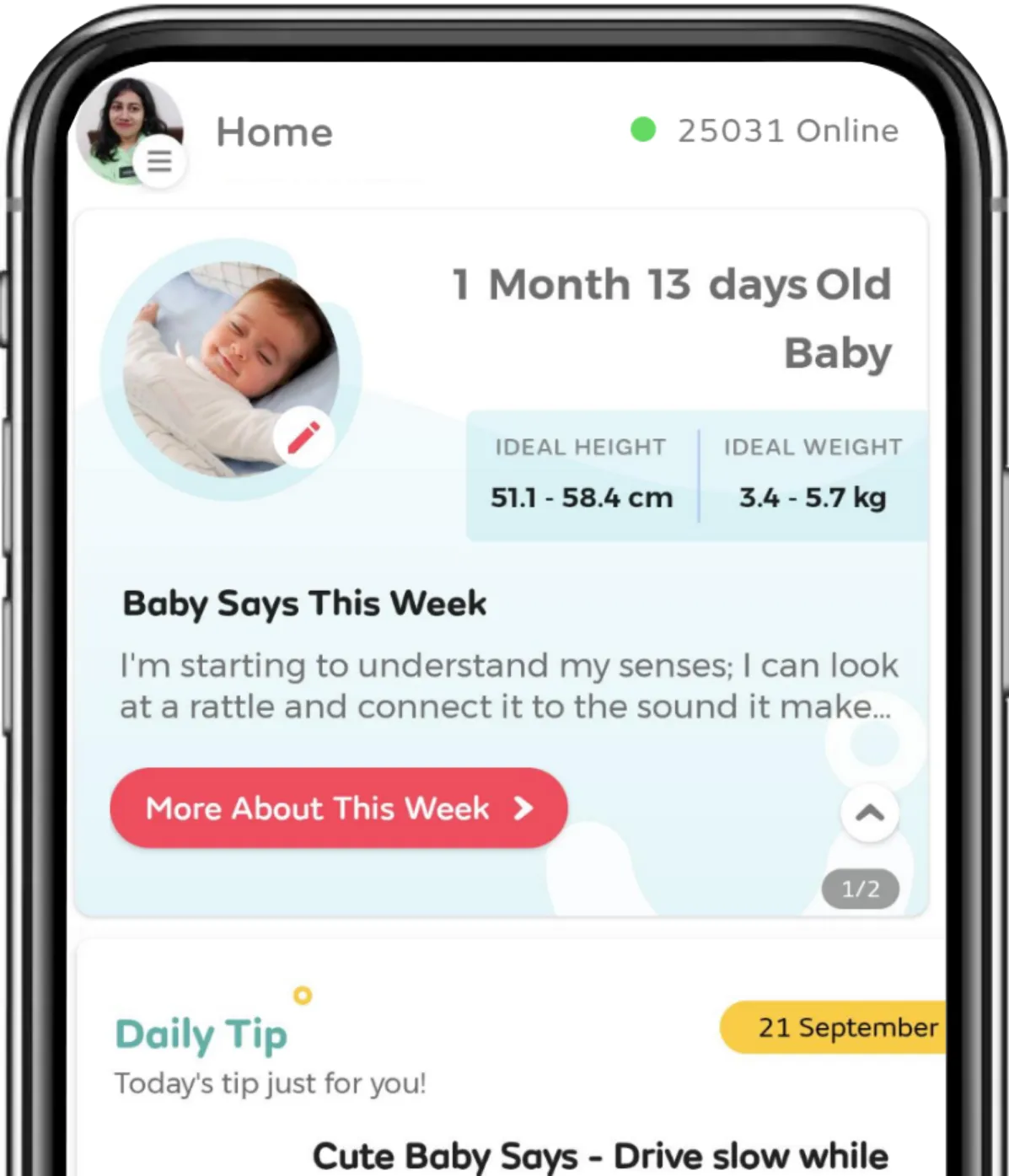
Related Articles
Related Topics
RECENTLY PUBLISHED ARTICLES
our most recent articles
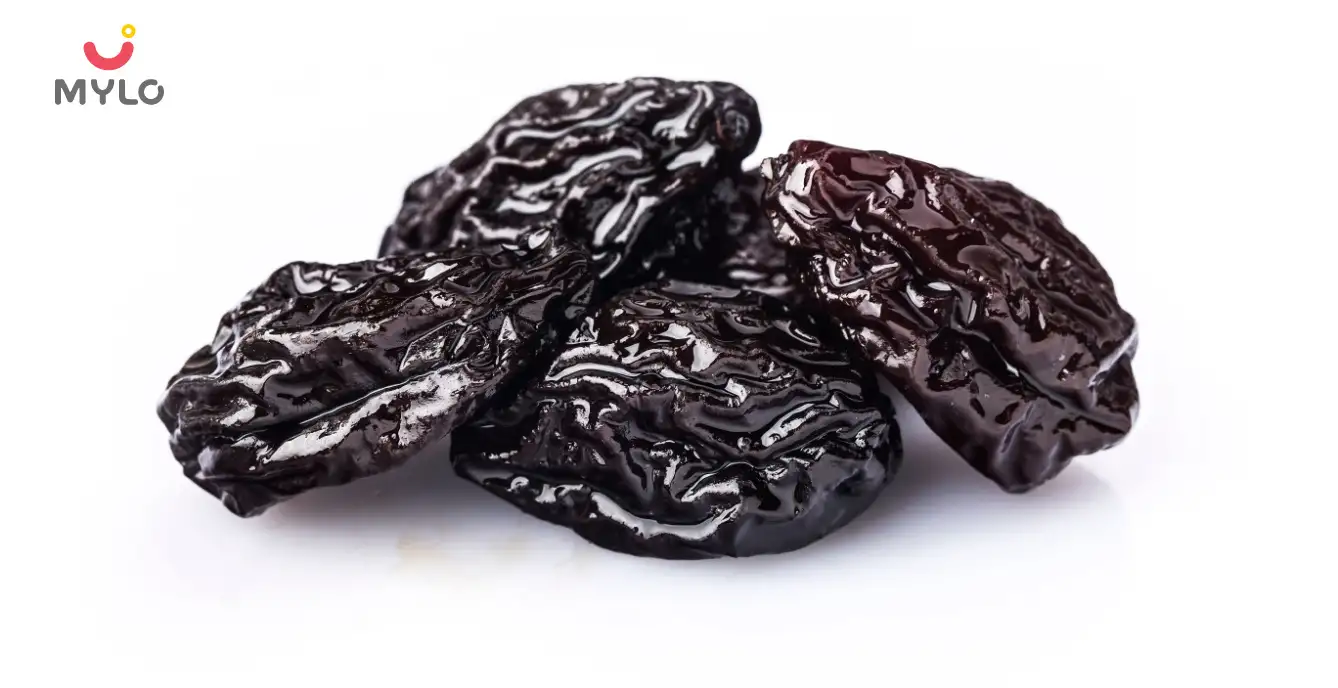
Diet & Nutrition
গর্ভাবস্থায় আলুবোখরা: উপকারিতা ও ঝুঁকি | Prunes During Pregnancy: Benefits & Risks in Bengali
(1,633 Views)
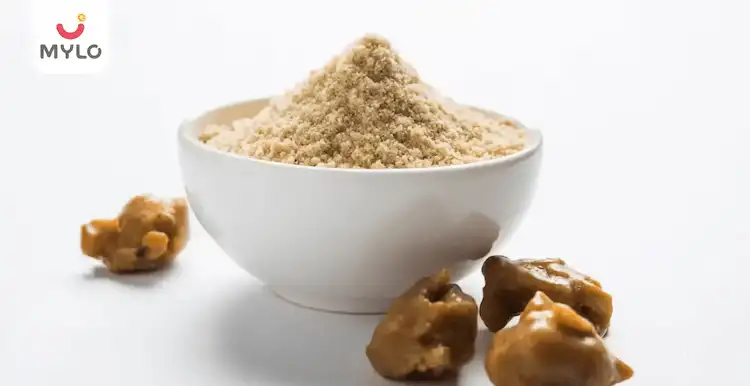
Diet & Nutrition
গর্ভাবস্থায় হিং | ঝুঁকি, সুবিধা এবং অন্যান্য চিকিৎসা | Hing During Pregnancy | Risks, Benefits & Other Treatments in Bengali
(859 Views)
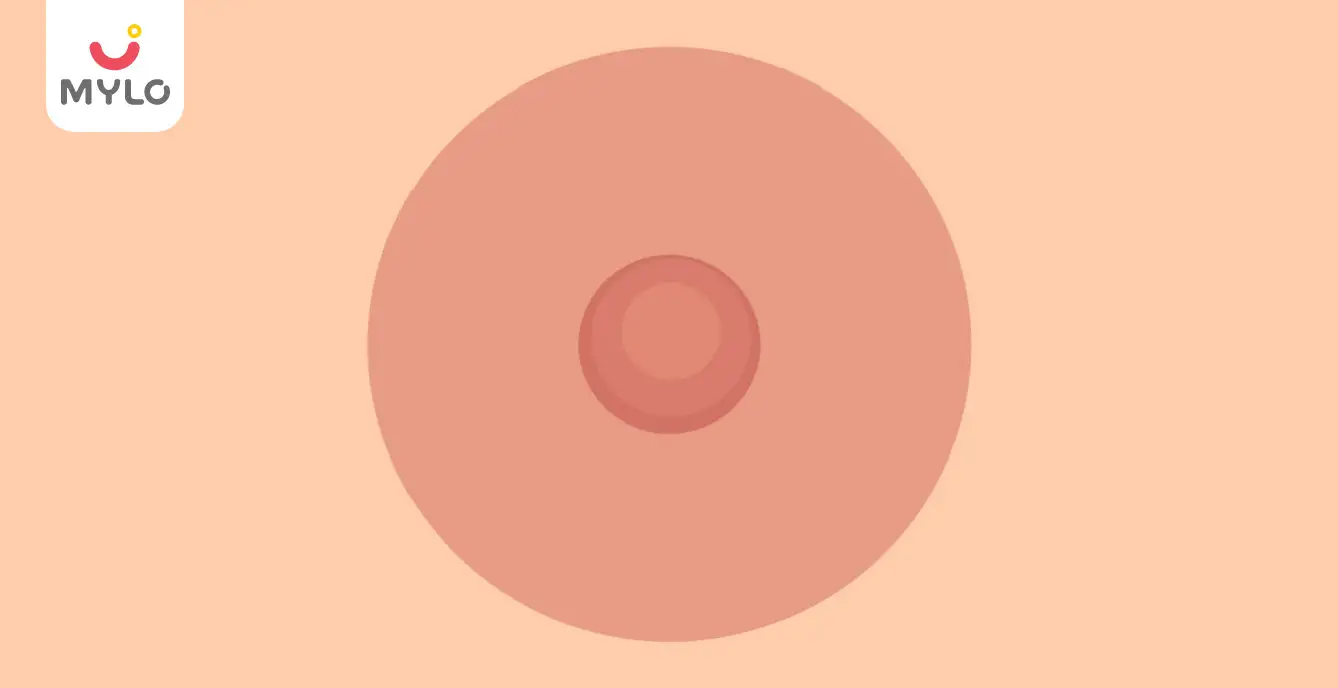
Women Specific Issues
স্তনের উপর সাদা দাগ: লক্ষণ, কারণ এবং চিকিৎসা | White Spots on Nipple: Causes, Symptoms, and Treatments in Bengali
(2,747 Views)
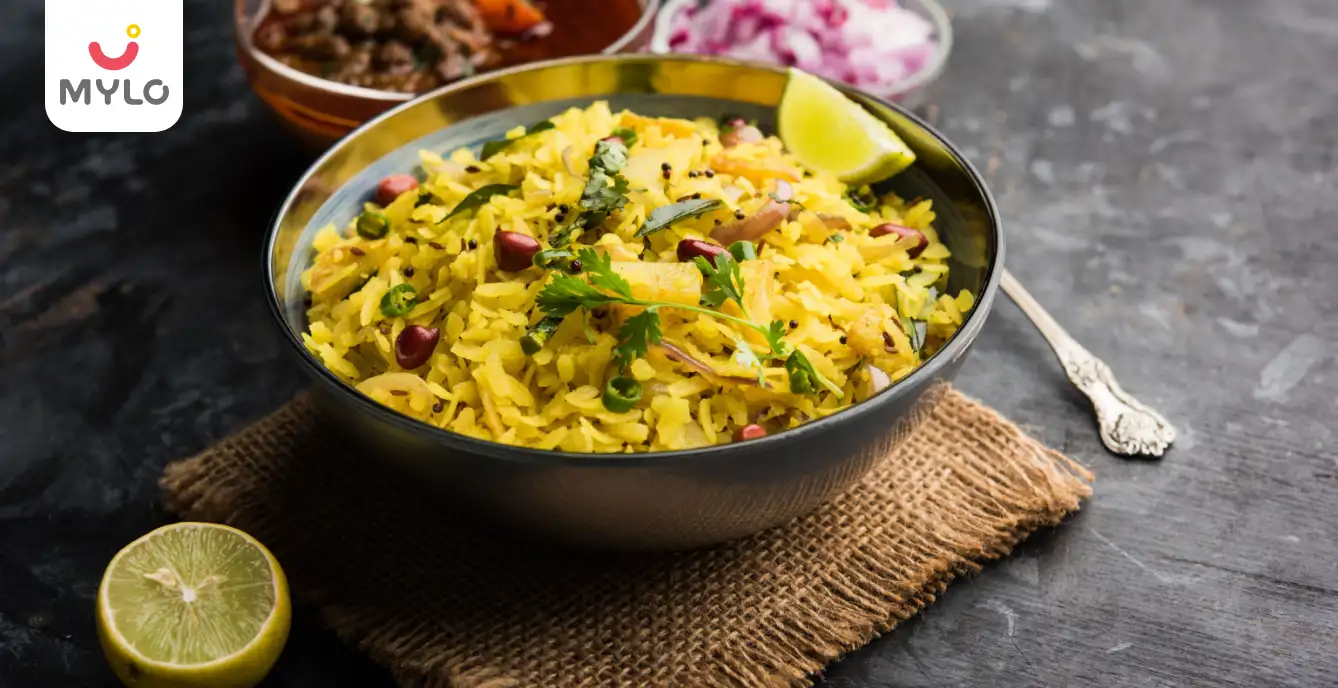
Diet & Nutrition
গর্ভাবস্থায় পোহা: উপকারিতা, ধরণ এবং রেসিপি | Poha During Pregnancy: Benefits, Types & Recipes in Bengali
(271 Views)

Diet & Nutrition
গর্ভাবস্থায় মাছ: উপকারিতা এবং ঝুঁকি | Fish In Pregnancy: Benefits and Risks in Bengali
(1,449 Views)

Diet & Nutrition
গর্ভাবস্থায় রেড ওয়াইন: পার্শ্ব প্রতিক্রিয়া এবং নির্দেশিকা | Red Wine During Pregnancy: Side Effects & Guidelines in Bengali
(1,490 Views)
- ইনার থাই চ্যাফিং: কারণ, উপসর্গ এবং চিকিৎসা | Inner Thigh Chafing: Causes, Symptoms & Treatment in Bengali
- গর্ভাবস্থায় ব্রাউন রাইস: উপকারিতা ও সতর্কতা | Brown Rice During Pregnancy: Benefits & Precautions in Bengali
- Velamentous Cord Insertion - Precautions, Results & Safety
- Unlock the Secret to Flawless Skin: 7 Must-Have Qualities in a Face Serum
- Unlock the Secret to Radiant Skin: How Vitamin C Serum Can Transform Your Complexion
- Gender No Bar: 10 Reasons Why Everyone Needs a Body Lotion
- Unlock the Secret to Radiant Skin How to Choose the Perfect Body Lotion for Your Skin Type
- Top 10 Reasons to Apply a Body Lotion After Every Bath
- Communication in Toddlers: Milestones & Activities
- How to Improve Vocabulary for Toddlers?
- A Comprehensive Guide to Understanding Placenta Accreta
- Vulvovaginitis in Toddlers Causes, Symptoms and Treatment
- A Comprehensive Guide to Understanding Cerebral Palsy in Children
- Bitter Taste in Mouth During Pregnancy: Understanding the Causes and Remedies


AWARDS AND RECOGNITION
Mylo wins Forbes D2C Disruptor award
Mylo wins The Economic Times Promising Brands 2022
AS SEEN IN











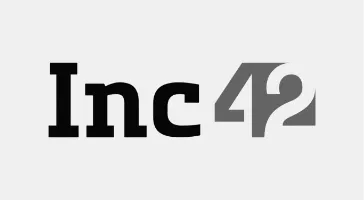




At Mylo, we help young parents raise happy and healthy families with our innovative new-age solutions:
- Mylo Care: Effective and science-backed personal care and wellness solutions for a joyful you.
- Mylo Baby: Science-backed, gentle and effective personal care & hygiene range for your little one.
- Mylo Community: Trusted and empathetic community of 10mn+ parents and experts.
Product Categories
baby carrier | baby soap | baby wipes | stretch marks cream | baby cream | baby shampoo | baby massage oil | baby hair oil | stretch marks oil | baby body wash | baby powder | baby lotion | diaper rash cream | newborn diapers | teether | baby kajal | baby diapers | cloth diapers |



